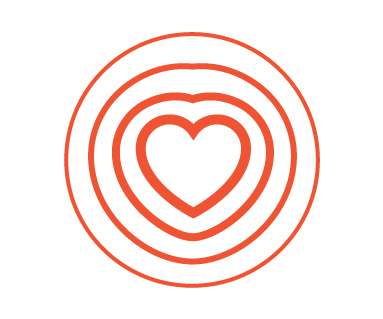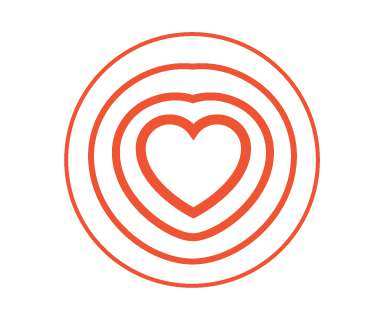Telehealth and COVID-19 in the U.S.: A Conversation with Ann Mond Johnson, ATA CEO
Health Populi
MARCH 12, 2020
The article returns to the advent of the SARS epidemic in China in 2003, which ushered in a series of events: people stayed home, and Chinese social media and e-commerce proliferated. The coronavirus spawned another kind of gift to China and the nation’s health citizens: telemedicine, the essay explains. No, it’s not from the U.S.













Let's personalize your content